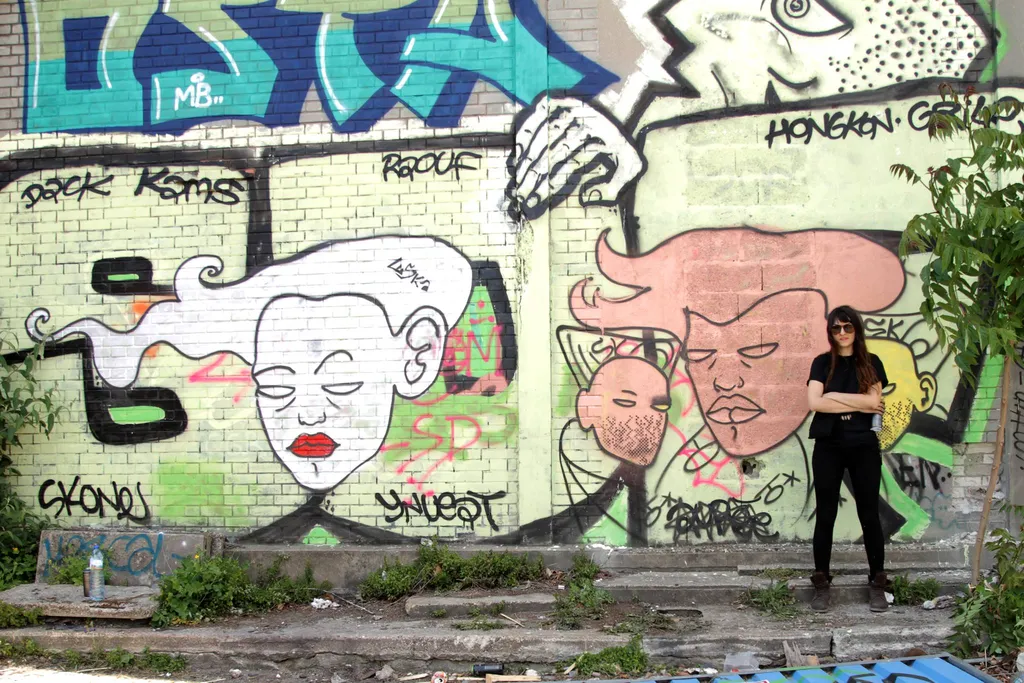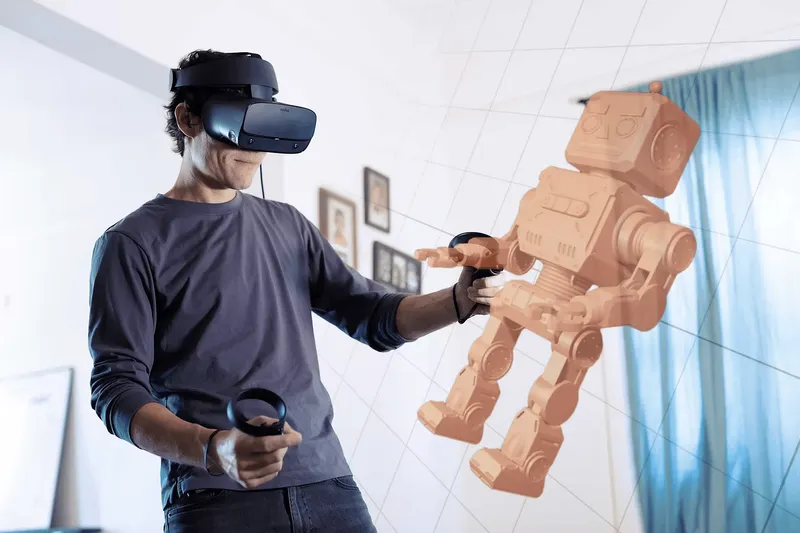On a crisp evening typical of San Francisco, I waited by a motley laundromat in the Divisadero Corridor. Hipsters filtered past me and up some stairs to the party where I was to meet artist and filmmaker, Luska. She was running late via Uber, and as I listened to the muffled crooning of an electric guitar, it occurred to me that there was something very anti-Silicon-Valley about this whole getup.
I had come here to learn about virtual reality, an unmistakably mainstream topic, and yet everything around me evoked a sense of nostalgia for the historic countercultural charm of San Francisco. Whether it was the music, or the guy standing next to me with the words this machine kills fascists spray-painted on the back of his leather jacket, it was clear that these partygoers considered themselves the last remnants of the beatnik culture that once existed in North Beach and the Mission, before it was all swept away by IT success and gentrification.
Virtual reality is the hot topic of Silicon Valley. Google, Facebook, Apple, and a whole slew of smaller startups are all working on some VR development or another.
But in the heart of San Francisco, among circles where man-buns and feathered hats are worn with abandon, VR isn’t just the latest technology to grace the Valley; among these small iconoclast spheres VR is a new and powerful medium for creative output. By harnessing VR in their creative process, artists are blending the high tech and bohemian worlds of San Francisco—developing a hybrid subculture, the minute details and philosophy of which I hoped Luska would reveal to me.
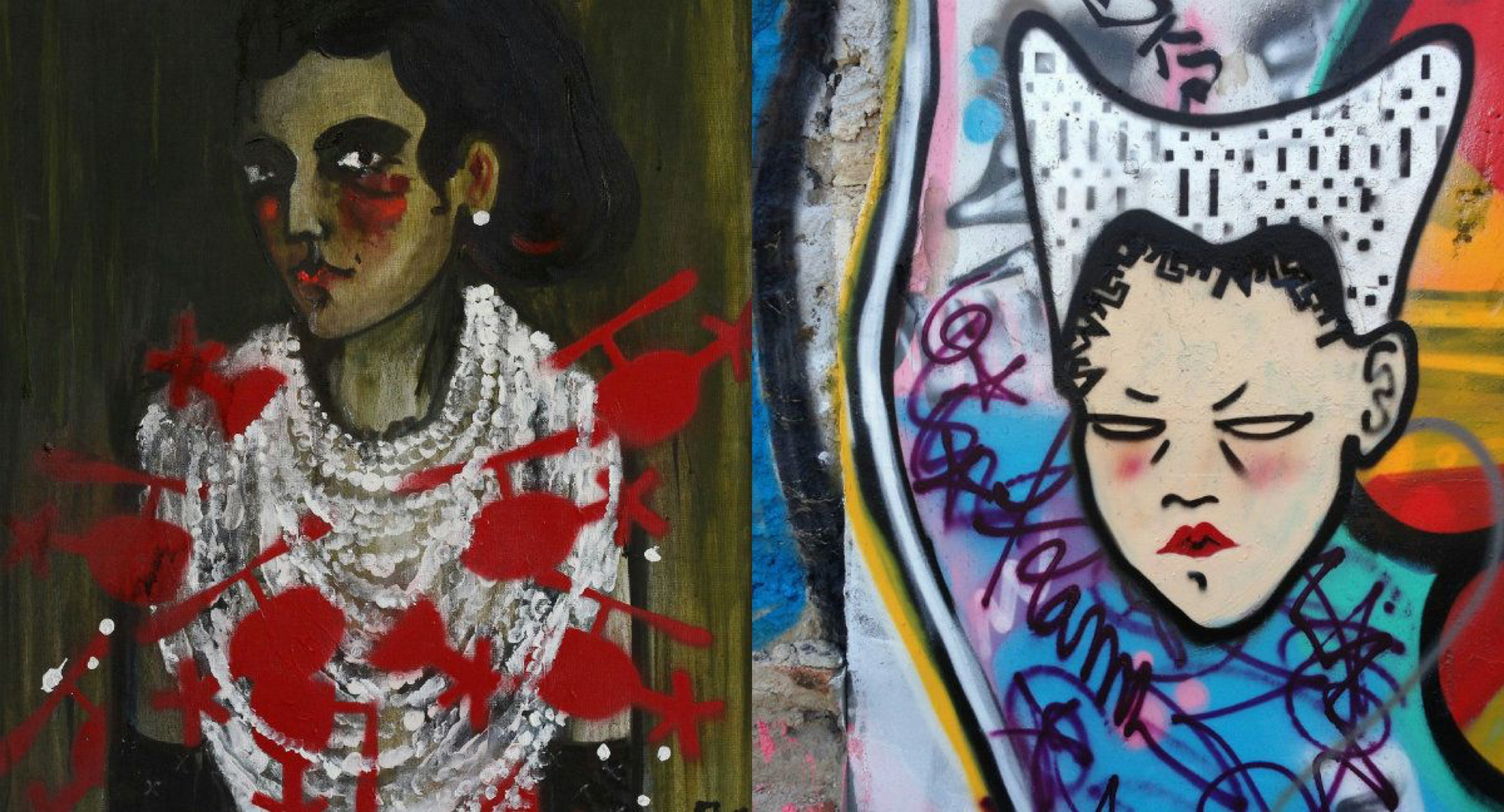
“VR is a new canvas” says Luska, fidgeting with excitement and sipping sangria… we’ve left the upstairs party and settled into a Mexican bar that specializes in cheese-drenched baked potatoes. Originally from Yerevan, Armenia, the 28-year-old artist has lived in a variety of metropolises, pursuing her painting career and studying everything from filmmaking to game design. These days Luska has made San Francisco her home, and her enthusiasm for VR strikes me as particularly unique for an artist who in the past has worked primarily with more traditional materials.
By studying her art, however, you can tell that Luska has always sought to challenge the limits of her medium. Her paintings of striking females and dramatic graffiti hint at other worlds that exist just beyond the 2D image, but which cannot be accessed with the naked eye. Luska’s style does not shy away from psychedelic fantasy or reverie. Perhaps what attracts her to VR and AR (augmented reality) is that these mediums can transform the eerie depths of her imagination from mere hints on paper into actual vivid experience.
“VR tells stories”, says Luska, “that’s very important.” The immersive nature of VR requires a certain level of responsibility on behalf of the artist. You have to “think really hard” about what you’re creating, she says, because people don’t realize “how powerful VR can be.” When an artist is able to control the experience of her audience so intimately, the risk of manipulating the viewer is very real. “The ethics of VR aren’t written law” Luska adds, so one has to be extremely careful with her artistic output.
Despite the potential of VR becoming a tool for manipulation, Luska believes that the medium will unlock new meaning and trends in the art world. Historically art has been a monologue, VR will transform it into a conversation. “The future of art is interactive” says Luska, when creating a virtual piece, the artist ultimately has to share control with her audience. She can design the visual world and architecture of an experience, but at some point the reigns are handed over to the viewer. In a VR space, Luska explains, you can’t keep people from looking “where they aren’t supposed to look”.
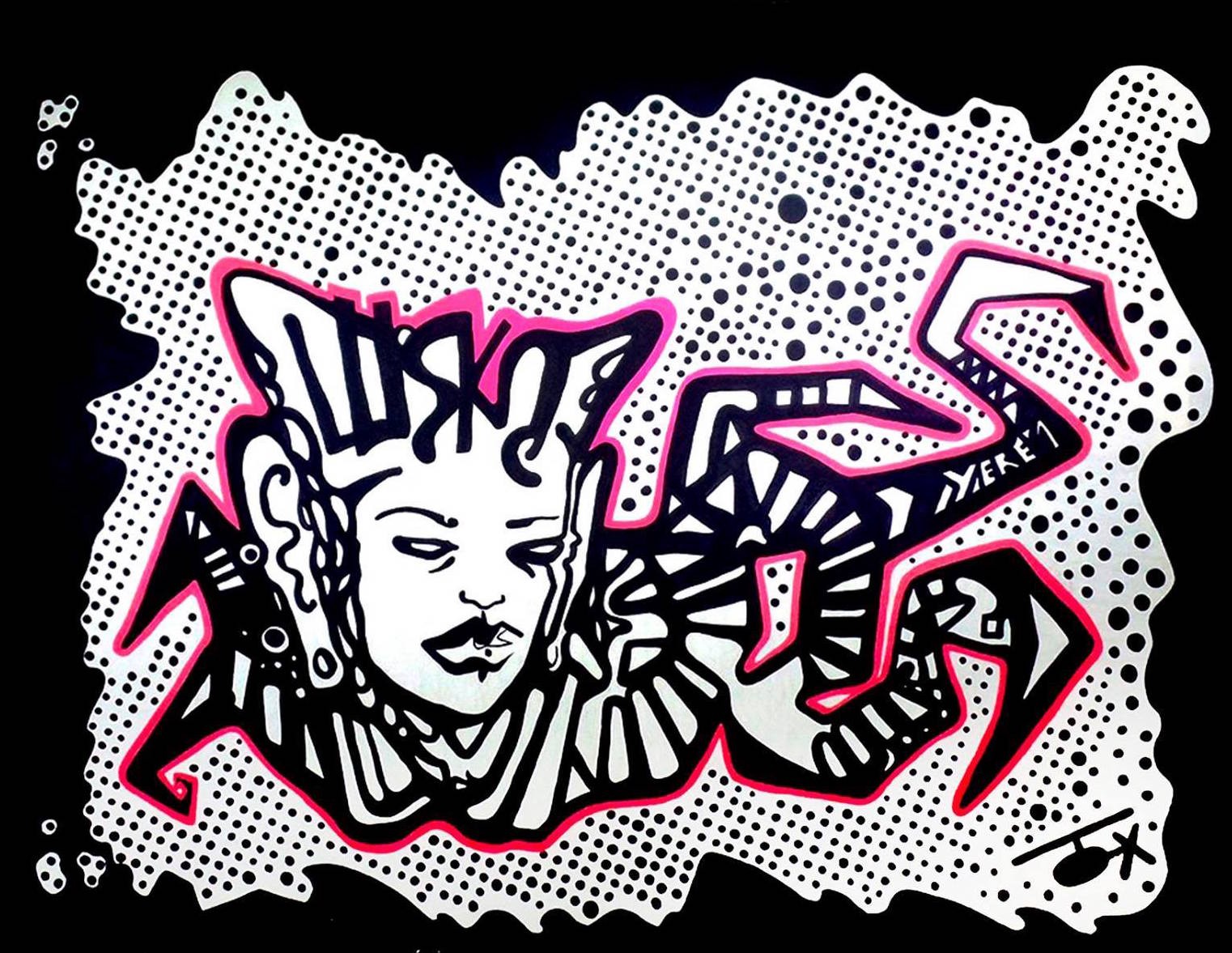
While we are only at the beginning of these changes in the art world, already the potential seems boundless. Projects like Google’s Tilt Brush and Oculus’ Medium are developing new tools for VR creation that will make augmented murals, immersive experiences, and VR filmmaking increasingly accessible for artists. It is generally easy to write off Silicon Valley as a place that only harbors computer nerds and left-brained specialists. But the high tech world is developing tools that are open to be commandeered by anyone. There is room for all sorts of creativity in this hub—it just comes down to having the guts to pursue those new and uncharted channels.
Back in June, for example, Tilt Brush, organized the world’s first VR painting exhibit in San Francisco. At the event artists were invited to create artworks with the app right then and there, before a captive audience. As they wielded an invisible brush in real-time, fantastic creations of blazing fires and swirling galaxies manifested. There was even one rendering of the traditional fruit-bowl still life, except this time the art was not stagnant but a glimpse into some shimmering other dimension. Projects of this sort are indicative of the change unfolding within the Bay Area’s art scene. As VR advances in terms of its capability and flexibility as a medium, more and more creatives will undoubtedly join the movement.
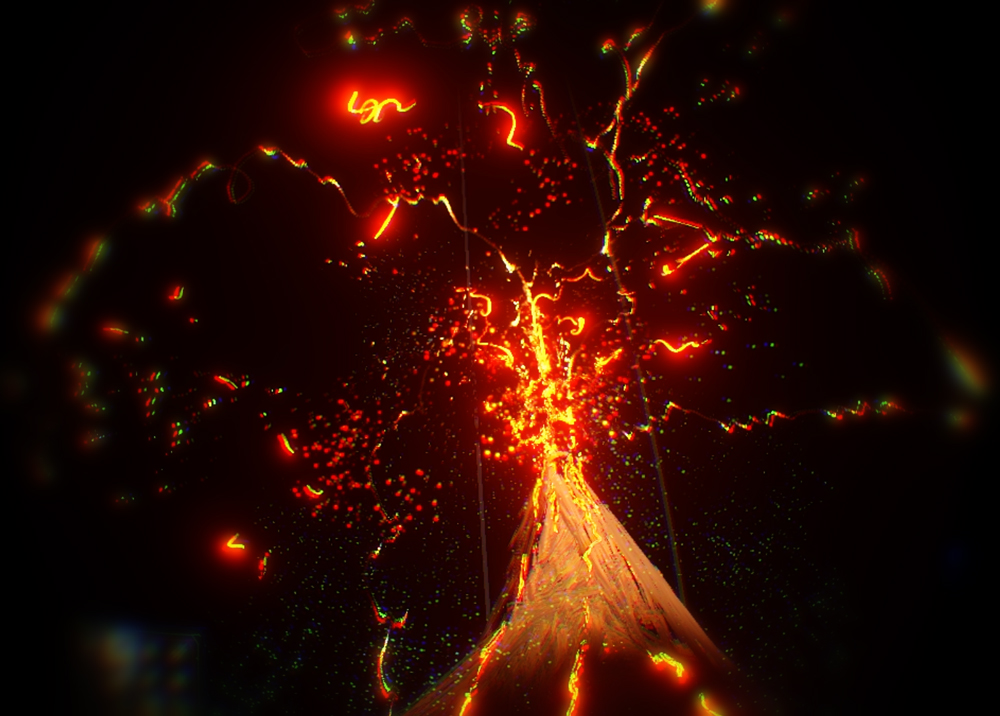
If you ask Luska, San Francisco is the place to be if you’re interested in virtual reality in art, or in any sphere. It “takes this sort of a town” to engender that crucial combination of creativity in both technology and art: “Virtual reality is already part of our reality. It’s already here, whereas outside of San Francisco, maybe not yet.”
While many artists “are still hesitant”, Luska concludes, ultimately everyone is just “trying to find a new canvas”. In Silicon Valley, San Francisco, the Divisadero—VR might be it.
 About the Author – Lilit Markosian
About the Author – Lilit Markosian
Based in Silicon Valley, Lilit contributes creative content to online magazines and small hardware startups that operate all over the world. Her writing primarily centers around the topics of virtual reality, artificial intelligence, and Internet of Things. Her fundamental interest, however, lies in asking the more philosophical questions that inevitably arise where technology and culture overlap.

